Which are the Best Mic Preamps for Home Recording?
Get better recordings with a dedicated Mic Preamp.
You might be just starting out with your studio at home, or perhaps you’re looking to upgrade your front end for better results. Either way, we’ve singled out some of the best mic preamps for home recording.
In this Article:
It goes without saying that most of us are working in the box from a home studio setup, but this doesn’t mean you have to compromise on recording quality.
Like most analogue hardware, good preamps can be costly, and the preamps on the average audio interface don’t offer much in terms of discrete gain, headroom, or tone shaping.
Choosing the Best Mic Preamps
Each of us has different requirements when it comes to recording. While some simply want more inputs, others have more specialized needs. Whether you are recording vocals, guitars, synths, or even drum machines, you’re going to want decent gain structure on the way in.
You’ll find that many preamps have a different approach to their design and features. From channel strips that provide EQ and compression, to tube and transformer-based preamps that offer saturation and tone colour through the way you use the various gain stages available.
Some microphones require more gain than others, and with the right preamp, increasing the gain doesn’t necessarily mean bringing up the noise floor. Desktop units and 500-series modules are often the best choices for home studios, bearing in mind that you will need a chassis should you opt for a 500-series preamp. However, there are cases where smaller formats come with compromises, so keep an eye out for these!
The Best Mic Preamps: Behringer 1273 & 73
Although Behringer has a reputation for its classic synth recreations, the company recently turned its attention to building affordable modern versions of iconic studio gear as well. This range includes two Neve 1073-style preamps in different formats.
With the 1273, you get a rackmount dual-channel classic 1073-style channel strip with Class-A circuitry and Midas transformers on the input and output stages. To shape your sounds on the way in, you have the familiar 3-band EQ and high-pass filter with fixed frequency points. Meanwhile, the “Tone” switch lets you access a different impedance setting for low-output mics.
For 500-series users, the 73 module provides the Neve-style preamp stage without the EQ section. With an XLR-combo input on the front panel and different impedance modes, you are set to plug in any microphone or instrument for recording.



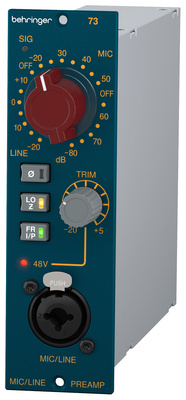
The Best Mic Preamps: RME QuadMic II
If you are simply looking to expand your front end with additional preamps, the QuadMic II does just that. RME is well known for producing excellent converters and interfaces, and the QuadMic is no different.
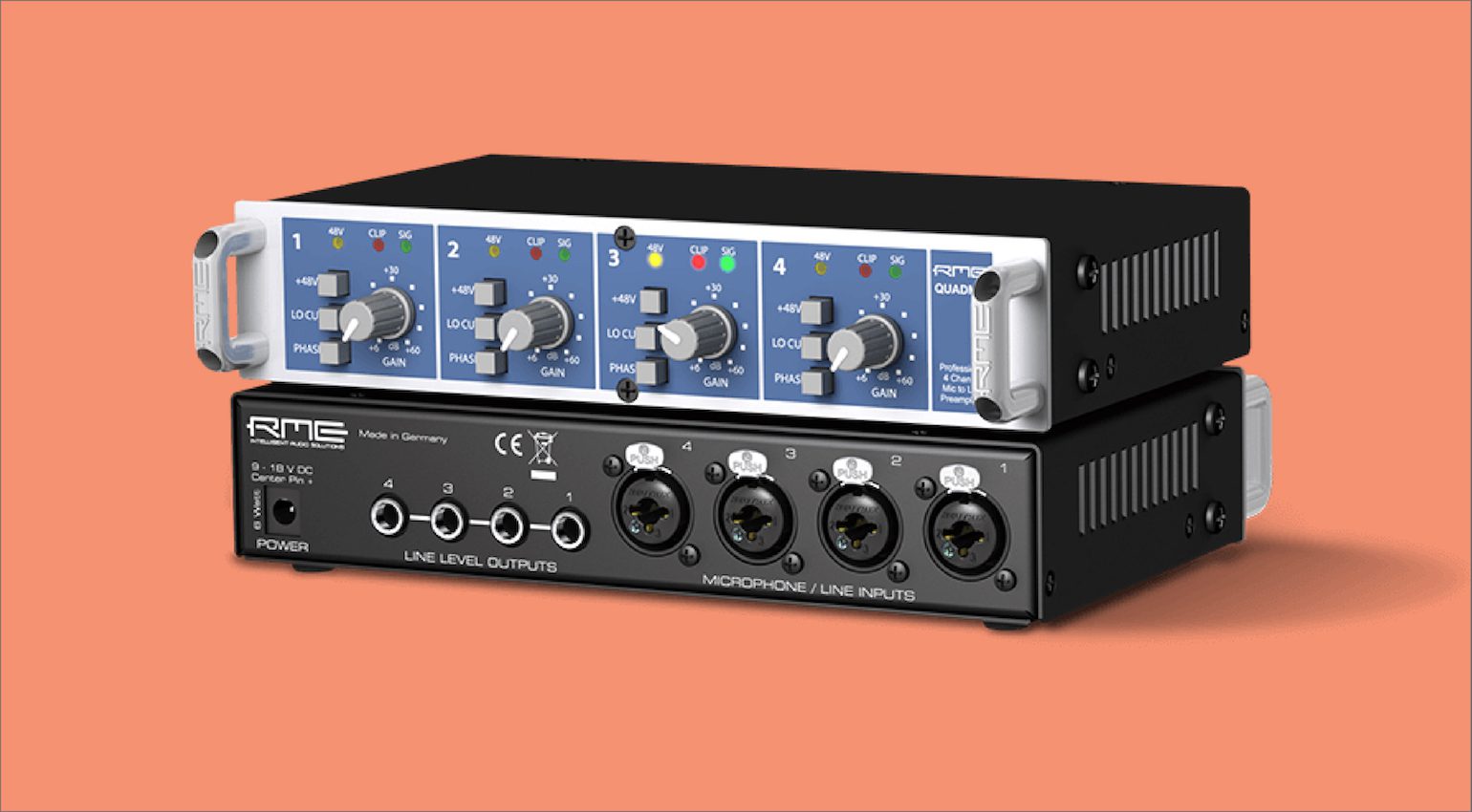
It’s a simple unit with four XLR combo inputs, and each channel separately provides phantom power, a low-cut filter, and a polarity switch.
If you’ve used RME before, you’ll know these preamps offer plenty of discrete gain, making the QuadMic a great choice for your home studio, podcast setup, or rehearsal space.
- More from RME

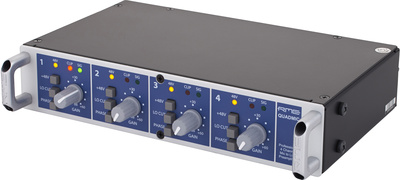
The Best Mic Preamps: elysia skulpter
The skulpter 500 is a complete channel strip for the 500-series format. With elysia’s modern approach, you get hardware that is well-suited to in-the-box music production, rather than another 1073 clone.
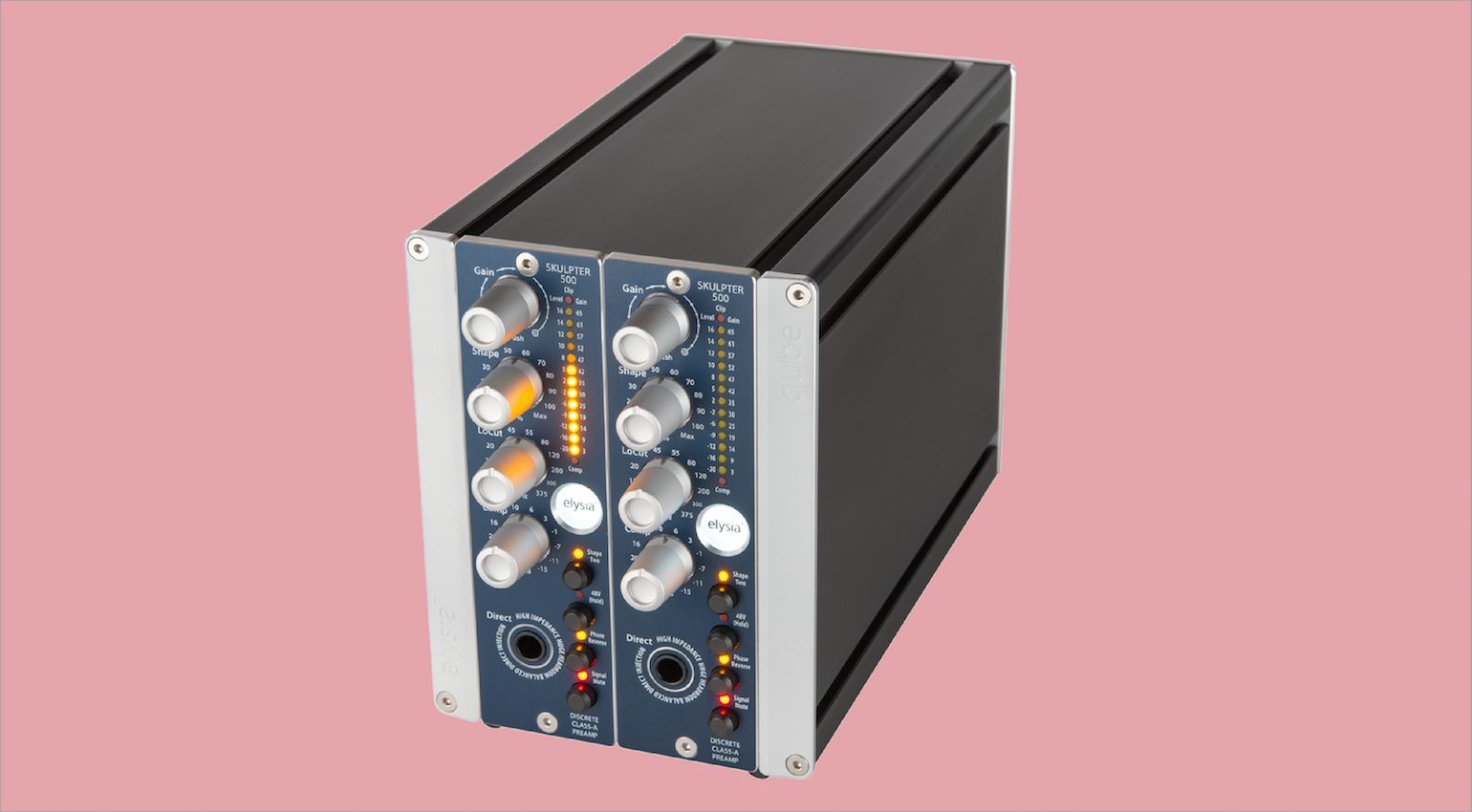
Apart from the compressor and adjustable low-cut filter, the skulpter’s most unique feature is its shape control. This allows you to choose between two preset filter/saturation contours.
While shape one is best for instruments, shape two brings more detail to vocals, and you have control over the signal amount that passes through this circuit. The Skulpter is also available as a 2-channel desktop unit.
- More from elysia



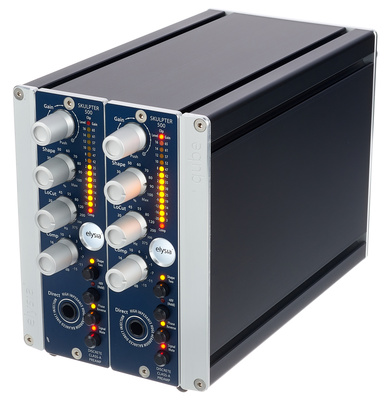
The Best Mic Preamps: Focusrite ISA One
The widely used ISA One offers the perfect entry point into the realm of slightly more professional-grade preamps. Modeled on the channel strips from the famous Focusrite Studio Console, the ISA One offers plenty of features and connectivity options.

Apart from the useful headphones output, there is also a cue mix circuit. This means you can create a monitor mix and the insert point allows more hardware to be added into the chain.
In addition, the instrument input has an amp out, which makes this a great choice for guitarists, and you can even expand the ISA One with an optional digital conversion module.
- More from Focusrite



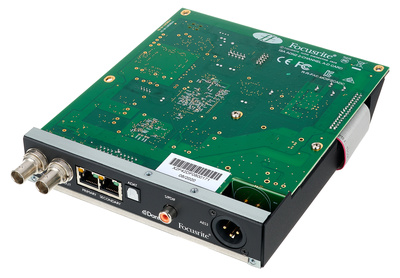

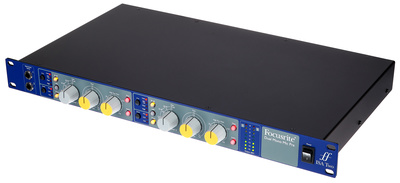






The Best Mic Preamps: Chandler Limited TG2-500
If you want to add vintage character to your guitars and vocals, the TG2-500 is a great way to do it. This is Chandler’s 500-series recreation of the EMI TG12428 preamp from the legendary consoles used at Abbey Road Studios during the ’60s and ’70s.
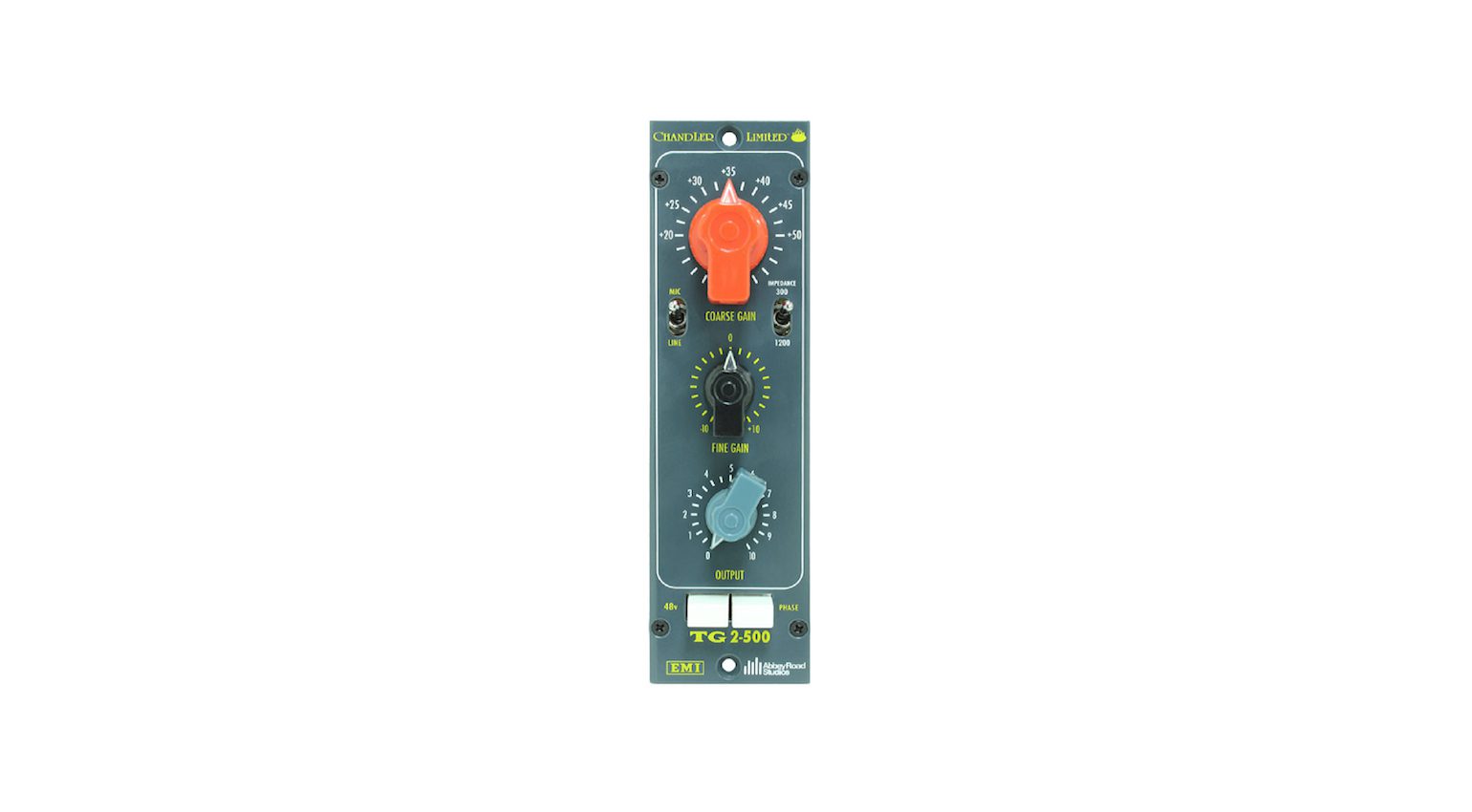
The impedance switch gives you the ability to drive all types of mics. This includes ribbons and low output dynamics, and you have two discrete gain controls.
This gives you a good degree of control of your signal on the way in, allowing you to easily shape and flavour the sound to better fit into the mix. The TG2-500 may be pricey, but it’s one of the best mic preamps in the 500-series format.
- More from Chandler Limited


The Best Mic Preamps: Neve 1073N
The Neve 1073N is a compact, desktop-friendly version of the famous preamp, perfect for home recording. All the features from the original have been maintained, save for a few compromises due to the small casing size. As you’d expect, the 1073N uses an external PSU, so it’s been designed for standalone use outside of a 19-inch rack system.
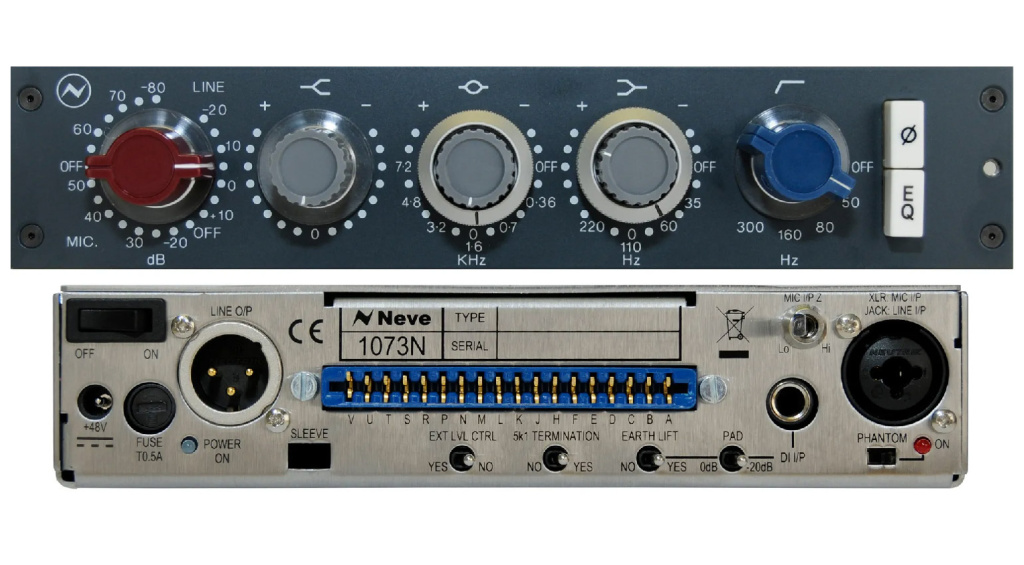
The classic red stepped Elma switch lets you access the 80 dB of mic gain, bringing life and character to even the most overlooked members of your mic locker. Especially when you add the 3-band inductor EQ, you can truly shape and enhance the frequency spectrum of each performance you capture, giving it a unique edge. Get it at Thomann.*
In this particular iteration of the Neve 1073, there are a few design flaws holding it back from that 5-star rating. For starters, there is no dedicated output gain knob. While there are other preamps that survive without this feature, it’s something the 1073 is known for. Also, all the connection ports and some crucial switches are at the back. So, you can always go for the larger 1073SPX to avoid these quirks.

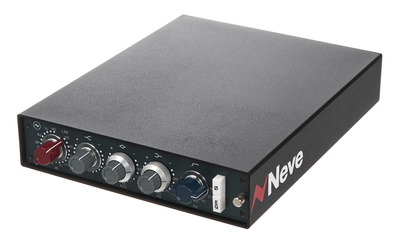

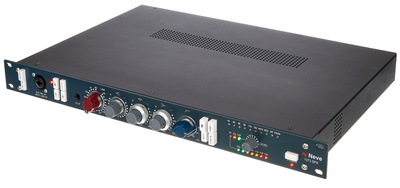
The Best Mic Preamps: Tube Preamps
A tube microphone preamp uses a vacuum tube-based gain stage to amplify the input signal. Tubes are known for their warm character and the way they emphasize pleasing even order harmonics, especially when pushed. However, tube gear often requires more maintenance than solid-state circuitry, and the tubes need to be replaced eventually, so keep this in mind.
The Best Mic Preamps: Universal Audio Solo 610
The Universal Audio Solo 610 tube preamp is derived from Bill Putnam’s 610 console from the 1950s, before solid-state gear like the 1176 and 1073 became the standard. Besides adding up to 61 dB of gain, the Solo 610 can also be used as a DI, and there are Hi-Z and Lo-Z settings to match the input level of your mic or instrument.
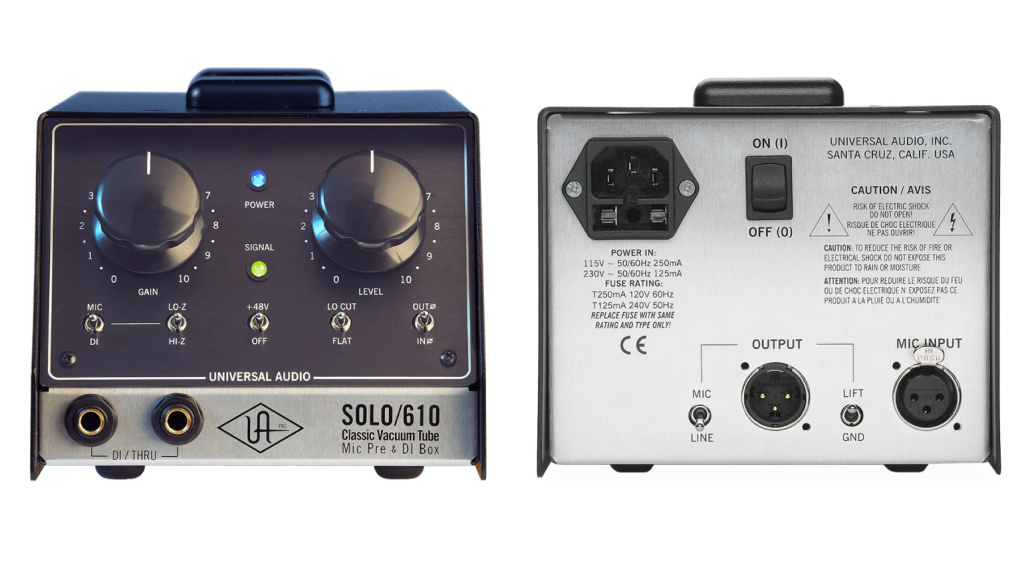
When combined with the different impedance modes, the large input gain and output level controls can be used to dial in just the right amount of character to suit your vocal or bass guitar performance. What’s more, the rugged steel chassis of the Solo 610 and its convenient desktop format with an integrated handle make it ready to take to your next studio session or add to your bass guitar rig. Get it at Thomann.*
The tube preamp stage of the 610 is also a part of the 6176 channel strip. Here, you get the warmth of the tube input combined with the character of the 1176 compressor. This combination even proved worthy enough for Behringer to do their own recreation, in the form of the far more affordable 676.
*Until April 30, the UA Solo 610 is available at a discounted price, including a free license for the Galaxy Tape Echo plugin.

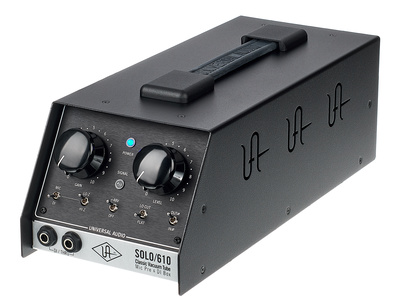

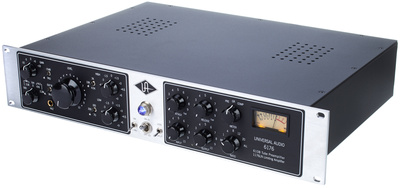


The Best Mic Preamps: SPL Gainstation 1 Premium
The Gainstation 1 Premium is an extremely versatile recording front-end for your studio setup. It’s only a single-channel unit. However, it gives you flexible features to colour all types of signals on the way in.
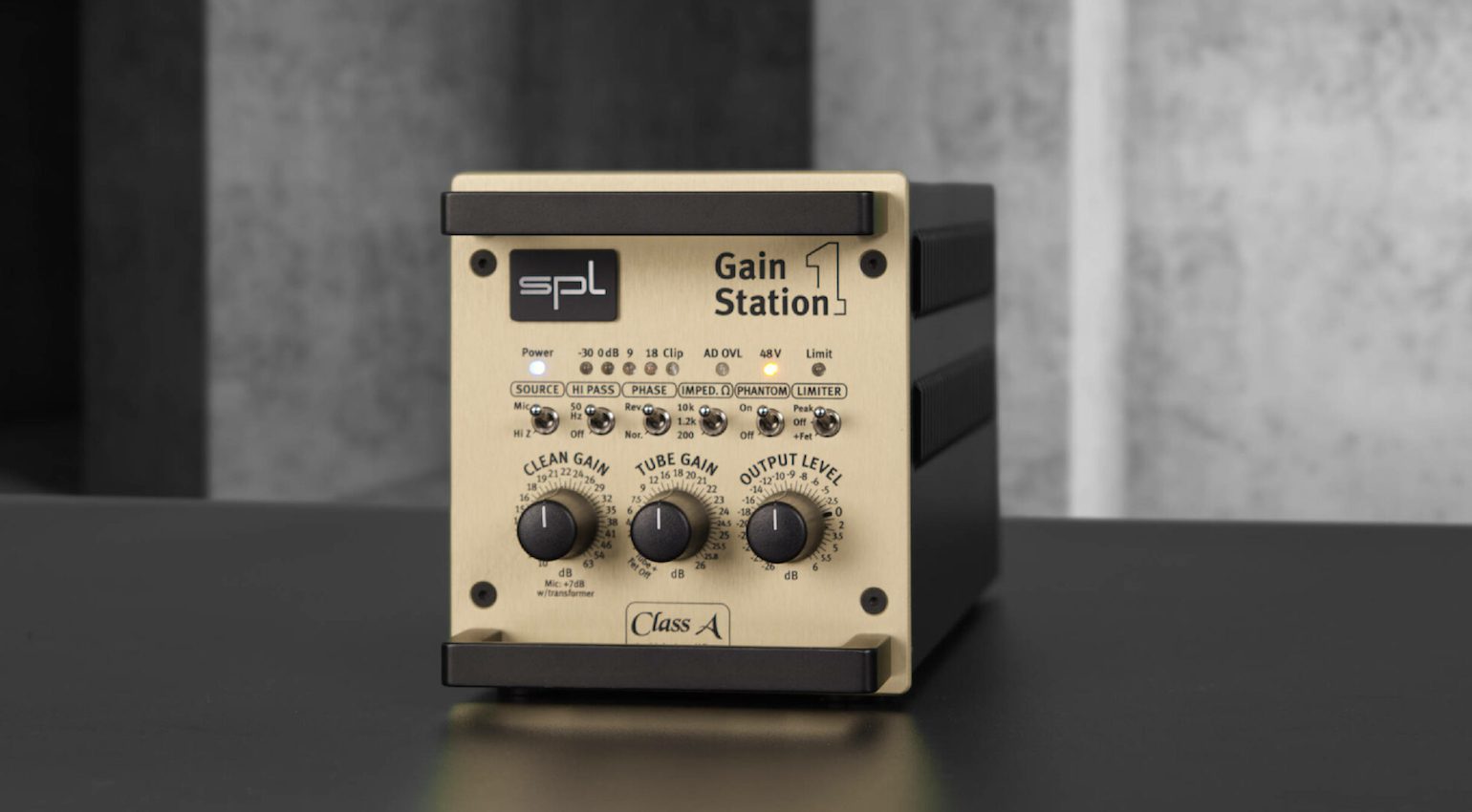
You can individually add two types of gain, and there are two different compressor/limiter circuits to choose from.
The impedance selector switch has three options, making it possible to use a wide variety of microphones. Furthermore, the Gainstation 1 Premium is equipped with Lundahl transformers.
- More from SPL

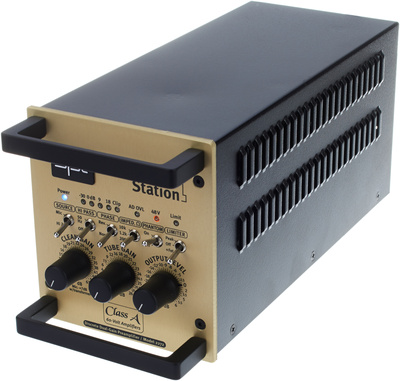
The Best Mic Preamps: MANLEY CORE
The MANLEY CORE is a tube channel comprised of some of MANLEY’s most prized components. Starting with the tube preamp stage, the CORE also features a MANLEY IRON input transformer that gives you up to 60 dB of warm, discrete gain. Next, the ELOP compressor with its fixed 3:1 ratio is actually positioned before the preamp, making clipping almost impossible.
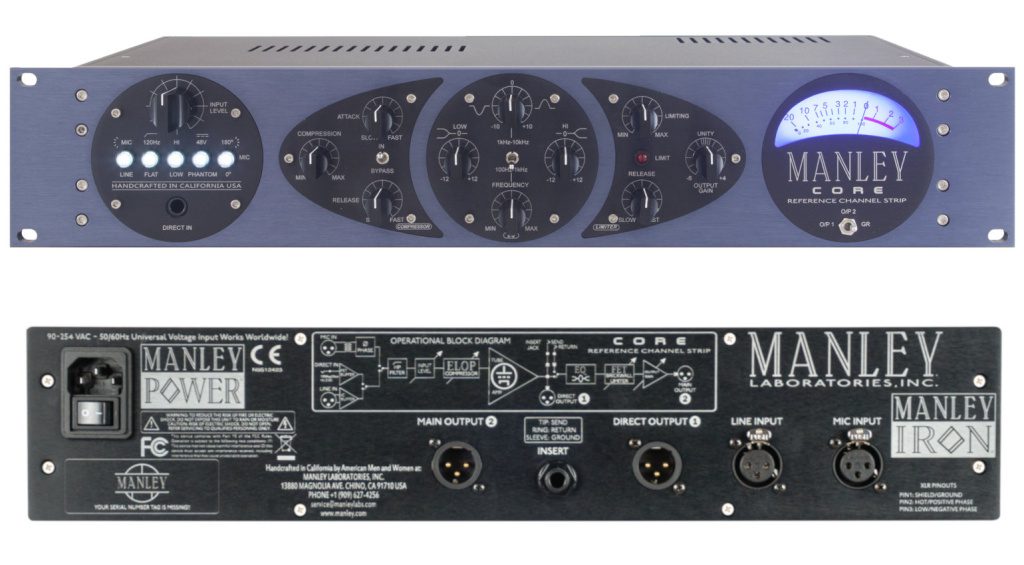
The CORE is also equipped with an EQ section, featuring Baxandall high and low shelving filters and a variable midrange bell filter that can sweep from 100Hz – 1kHz or 1kHz – 10kHz. Finally, there’s an FET brickwall limiter with characteristically fast attack and a variable release control. This allows you to shape your recordings creatively and ensure that you’re sitting in the optimum dynamic range.
The CORE is also extremely flexible in terms of the ways you can use it in your setup. For starters, there are three inputs: an XLR mic input, an XLR line input, and a DI input on the front panel. Then, there is an insert point and an additional output in the signal path before the EQ stage, so you can easily link the CORE with your favourite gear.


More about the Best Mic Preamps:
- All about preamps
- Everything vintage
- Thomann’s guide to mic preamps
- Lundahl transformers
*Note: This article about the best mic preamps contains affiliate links that help us fund our site. Don’t worry: the price for you always stays the same! If you buy something through these links, we will receive a small commission. Thank you for your support!
2 responses to “Which are the Best Mic Preamps for Home Recording?”

 4,0 / 5,0 |
4,0 / 5,0 | 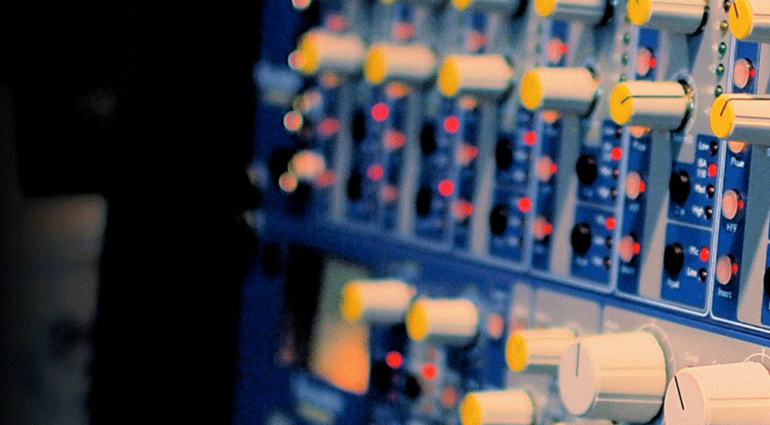

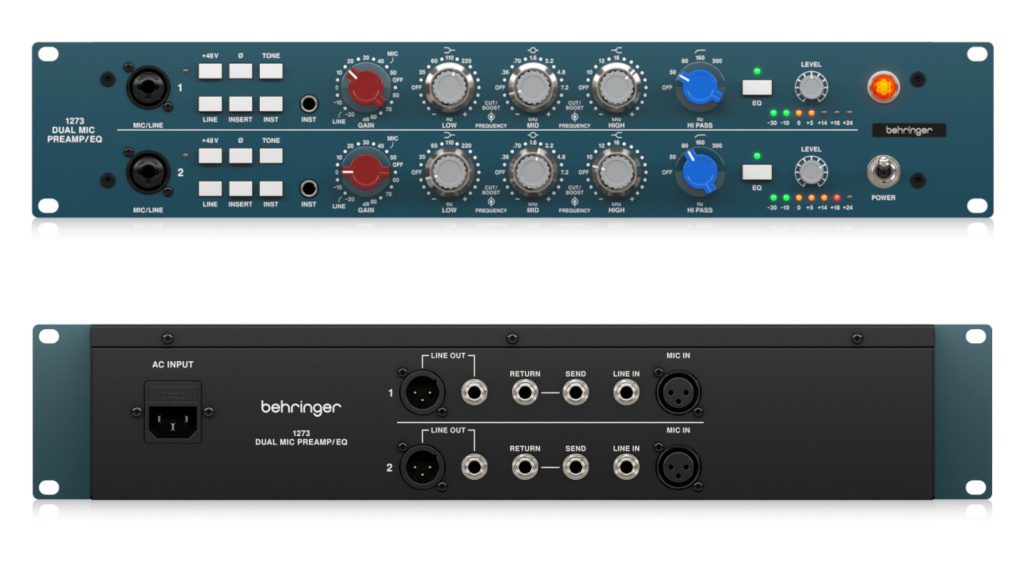
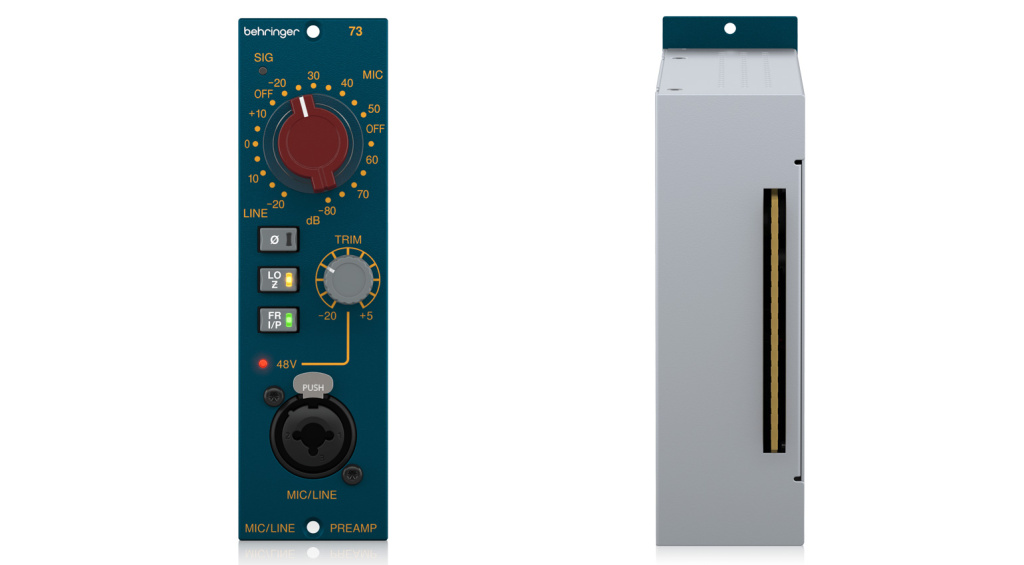

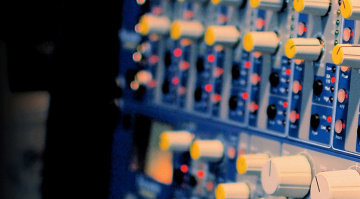

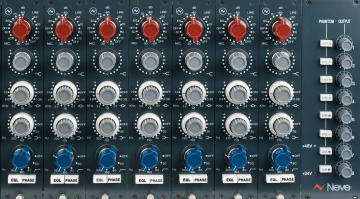
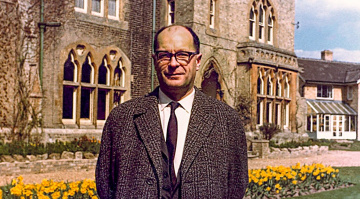
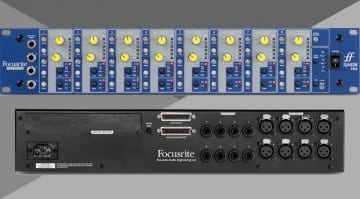
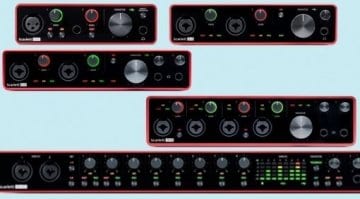

Not long after I started out getting sucked into the magical thinking around preamps. As I eventually discovered, all I need a preamp to do 99.9% of the time is to have a low noise floor, have easily repeatable gain settings, and to have low THD. For the 0.1% of the time where I want high THD as an effect… OK, maybe an iron/tube preamp with separate input/output gain controls. But plugins are so good now, that sound is hard to justify with hardware.
Anyway, most interface preamps do the job for most home recordists.
100% a good clean preamp is all you need. Even entry level focusrite have low THD pres now.
If you have more money just get an RME and never look back.